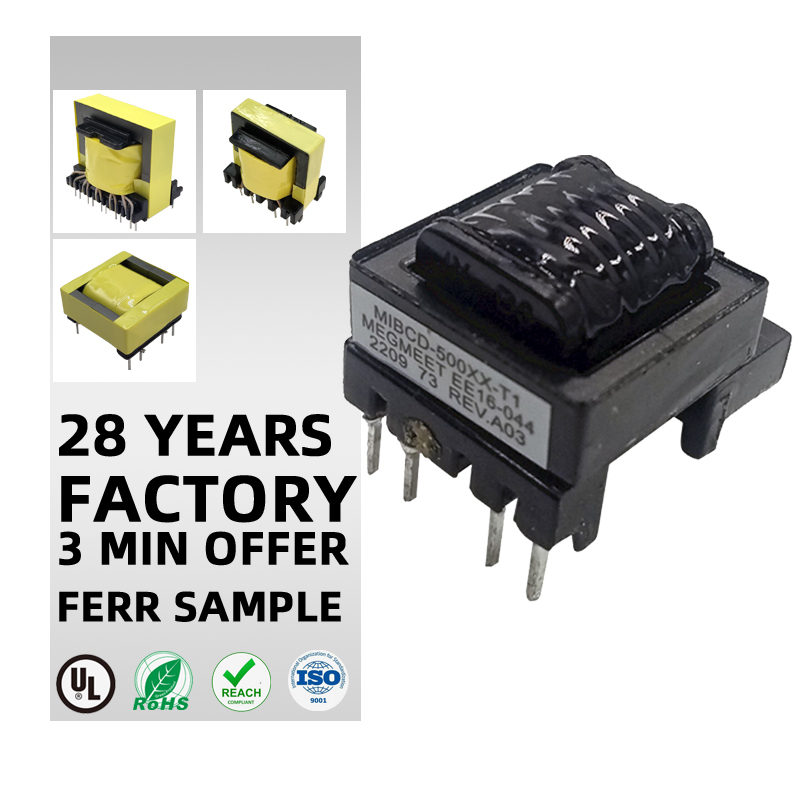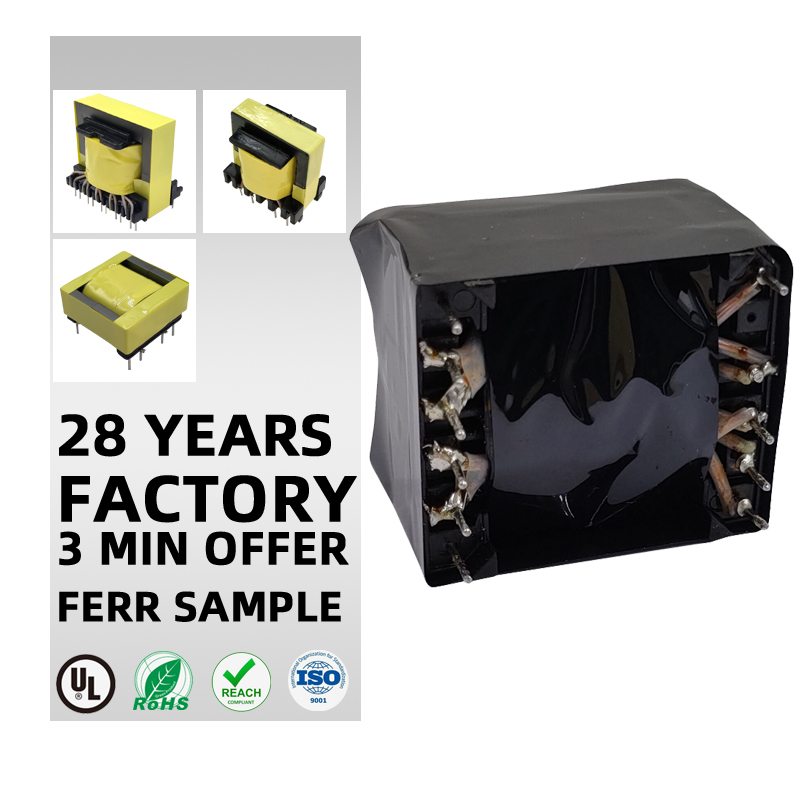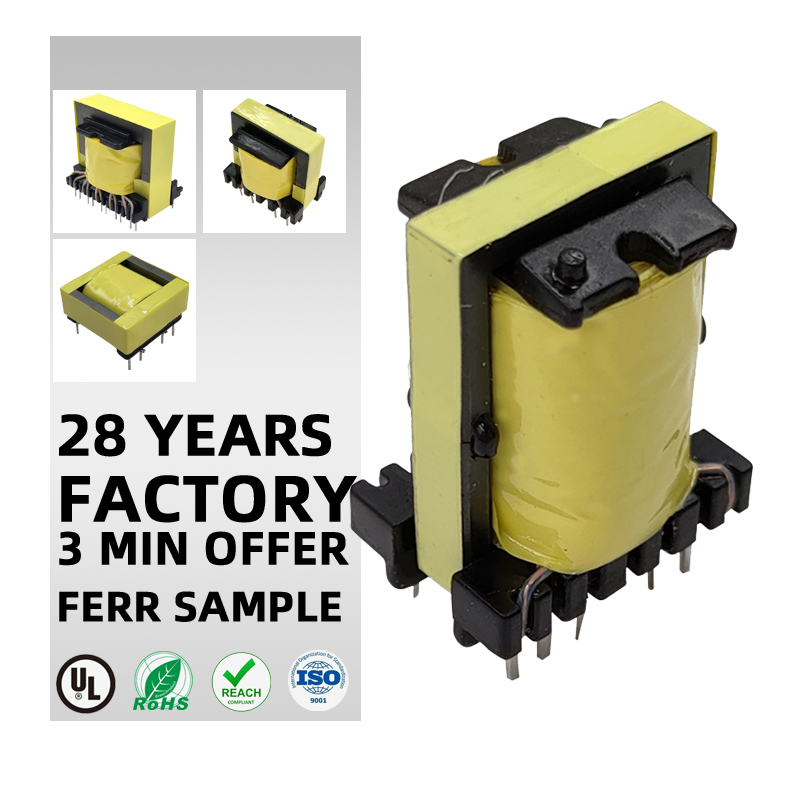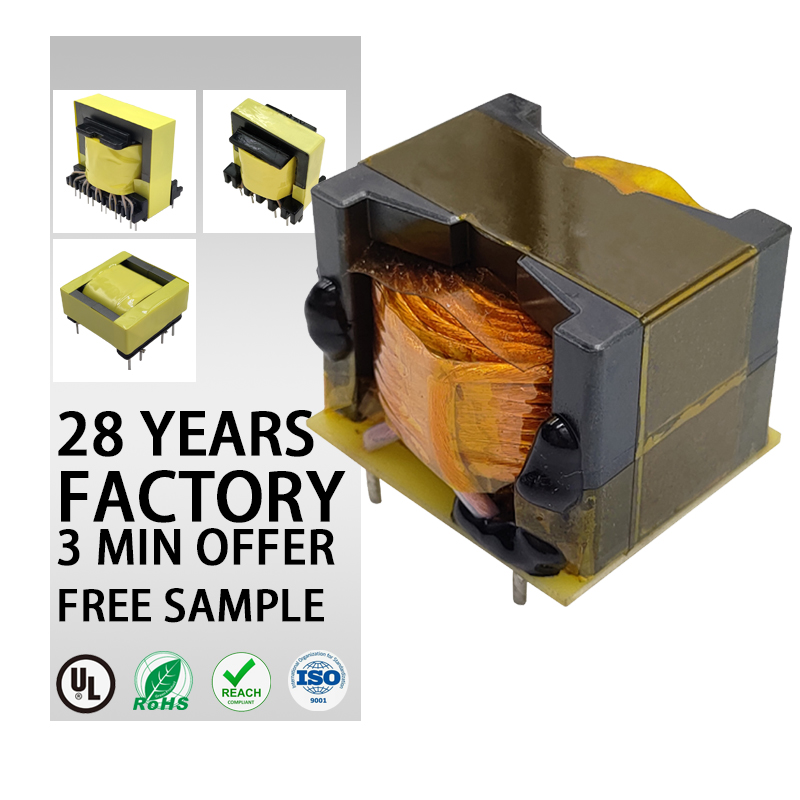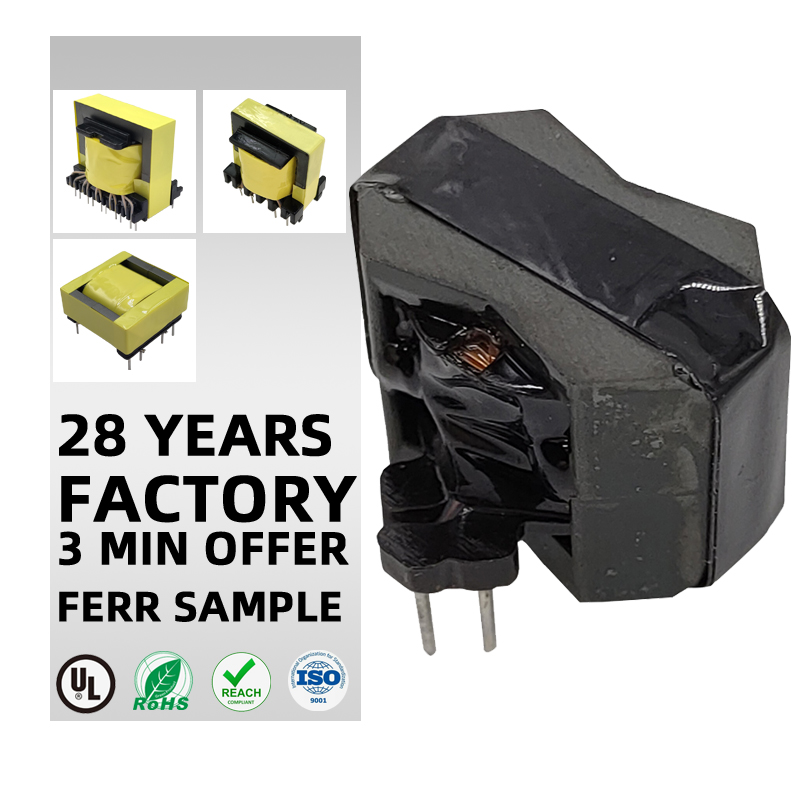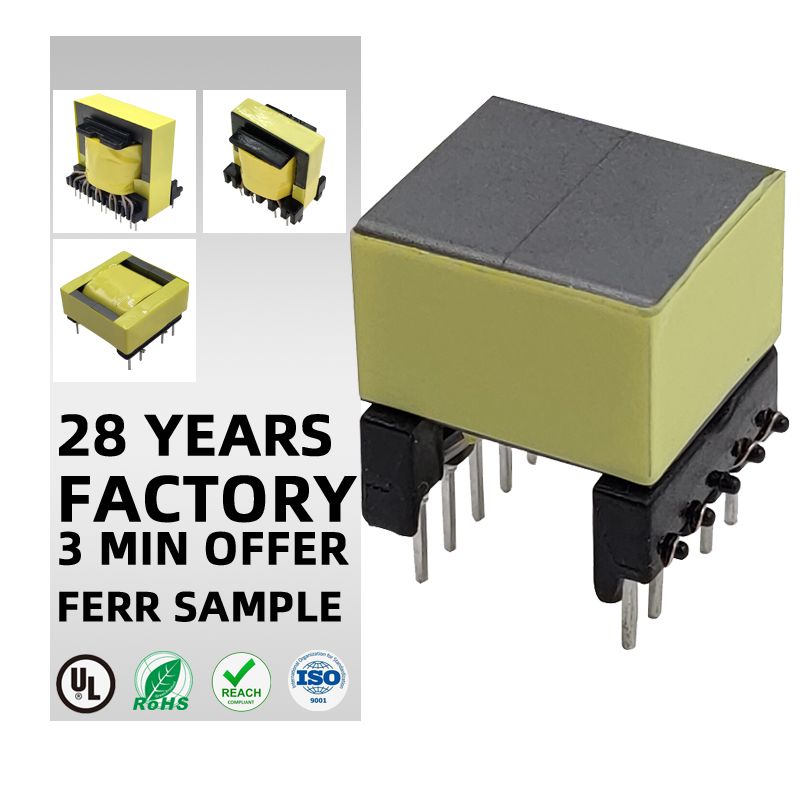What is the difference between high-frequency and low frequency transformer?
2024-07-22
High-frequency transformers and low-frequency transformers are designed to operate optimally at different frequency ranges and have distinct characteristics and applications. Here are the key differences between the two:
Core Material and Design
-
Core Material:
- High-Frequency Transformers: Typically use ferrite cores, nanocrystalline, or amorphous materials to minimize core losses at high frequencies.
- Low-Frequency Transformers: Commonly use laminated silicon steel cores to reduce eddy current losses at lower frequencies (50/60 Hz).
-
Core Size:
- High-Frequency Transformers: Smaller core size due to higher frequency operation, which reduces the core material volume needed to transfer the same power.
- Low-Frequency Transformers: Larger core size because of the need to handle lower frequencies efficiently, which requires more core material.
Winding Techniques
-
Winding Configuration:
- High-Frequency Transformers: Often use techniques like Litz wire to reduce skin effect and proximity effect losses. Planar windings are also common for compact designs.
- Low-Frequency Transformers: Use conventional copper windings, with less concern for skin effect due to the lower operating frequencies.
Frequency Range
-
Operating Frequency:
- High-Frequency Transformers: Operate in the kHz to MHz range (e.g., 20 kHz to several MHz or higher).
- Low-Frequency Transformers: Typically operate at 50/60 Hz for AC power distribution.
Efficiency and Losses
-
Core Losses:
- High-Frequency Transformers: Designed to minimize core losses (hysteresis and eddy current losses) at high frequencies.
- Low-Frequency Transformers: Designed to minimize core losses at lower frequencies, with a focus on reducing eddy current losses through laminated cores.
-
Copper Losses:
- High-Frequency Transformers: Higher resistance in windings due to skin effect at high frequencies, so specialized winding techniques are used to mitigate this.
- Low-Frequency Transformers: Lower resistance in windings since skin effect is not significant at low frequencies.
Applications
-
Applications:
- High-Frequency Transformers: Used in applications like switch-mode power supplies (SMPS), RF circuits, telecommunications, inductive charging, and medical devices.
- Low-Frequency Transformers: Used in applications like power distribution, audio transformers, and isolation transformers for AC mains voltage.
Size and Weight
-
Size and Weight:
- High-Frequency Transformers: Generally smaller and lighter due to the higher operating frequencies, which reduce the required core size and winding turns.
- Low-Frequency Transformers: Larger and heavier to handle the lower frequencies effectively.
Cost
-
Cost:
- High-Frequency Transformers: Potentially lower cost due to reduced material usage and smaller size, though advanced materials and winding techniques can increase costs.
- Low-Frequency Transformers: Generally more material-intensive, which can increase costs, but simpler construction can balance this out.
Thermal Management
-
Thermal Management:
- High-Frequency Transformers: Require effective thermal management due to higher core and copper losses at high frequencies.
- Low-Frequency Transformers: Generally have lower overall losses but may still require cooling solutions for high-power applications.
Understanding these differences is crucial for selecting the appropriate transformer for a given application, ensuring optimal performance, efficiency, and reliability.
E-MAIL: pxsales3@goldeneagle-cn.com
Phone: +86-18979985376
NAME: JUDY


